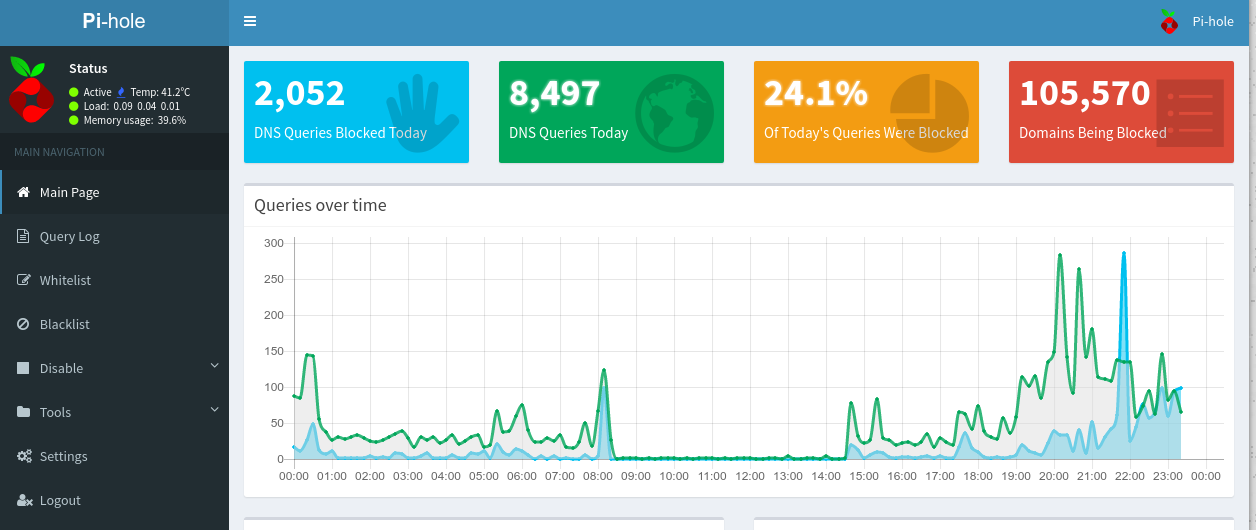Advertisements in web pages can be a nuisance. But they are a necessary evil because companies/bloggers producing high quality content have to earn a living. Troy Hunt recently wrote a nice post on the subject.
Most desktop browsers provide “ad blockers” as plugins. These plugins normally also have configurable whitelists (whitelist: a list of sites exluded from being blocked) — which you should use for those sites which (a) provide high quality content and (b) rely on advertisements for a living.
Other devices in our home network also communicate with the web:
- cell/smart phones (f.ex. iPhone, Android)
- smart TVs (f.ex. Samsung)
- and all those new IoT devices (IoT: Internet of Things): those “smart” home automation devices that communicate with “the cloud” and your “smart phone”
We can’t install “ad blockers” on these devices.
Here is where Pi Hole comes into play: We can plug a Raspberry Pi straight into our router!
My experience:
On my phone (an old Galaxy-S4) web pages load a hell of a lot faster when I’m in my home network compared to outside of my home network.
The Pi Hole web interface looks like this:

As you can see in the screenshot: ~20% traffic is blocked (!) and you can configure whitelists just like with those browser plugins. Nobody in my household noticed that 20% traffic was blocked.
Installing the software on your Raspberry Pi is straightforward: Just follow the instructions on the Pi Hole website.
Configuring your router is another beast: OpenWRT and DD-WRT router instructions are available (example - short youtube promo).
